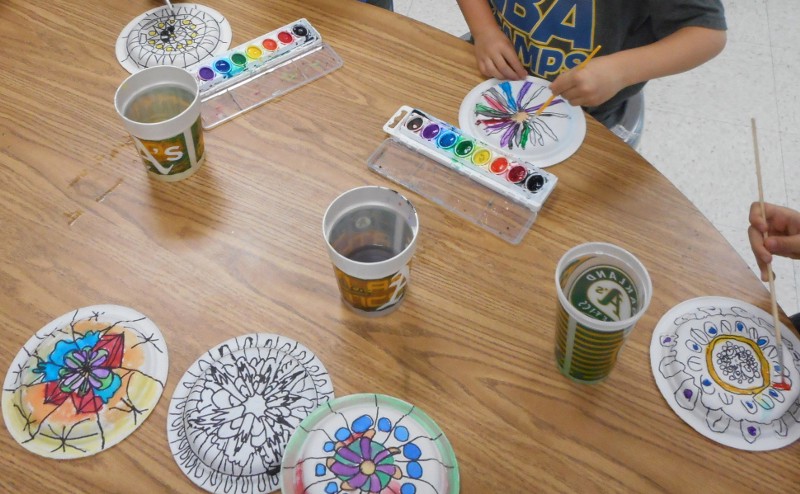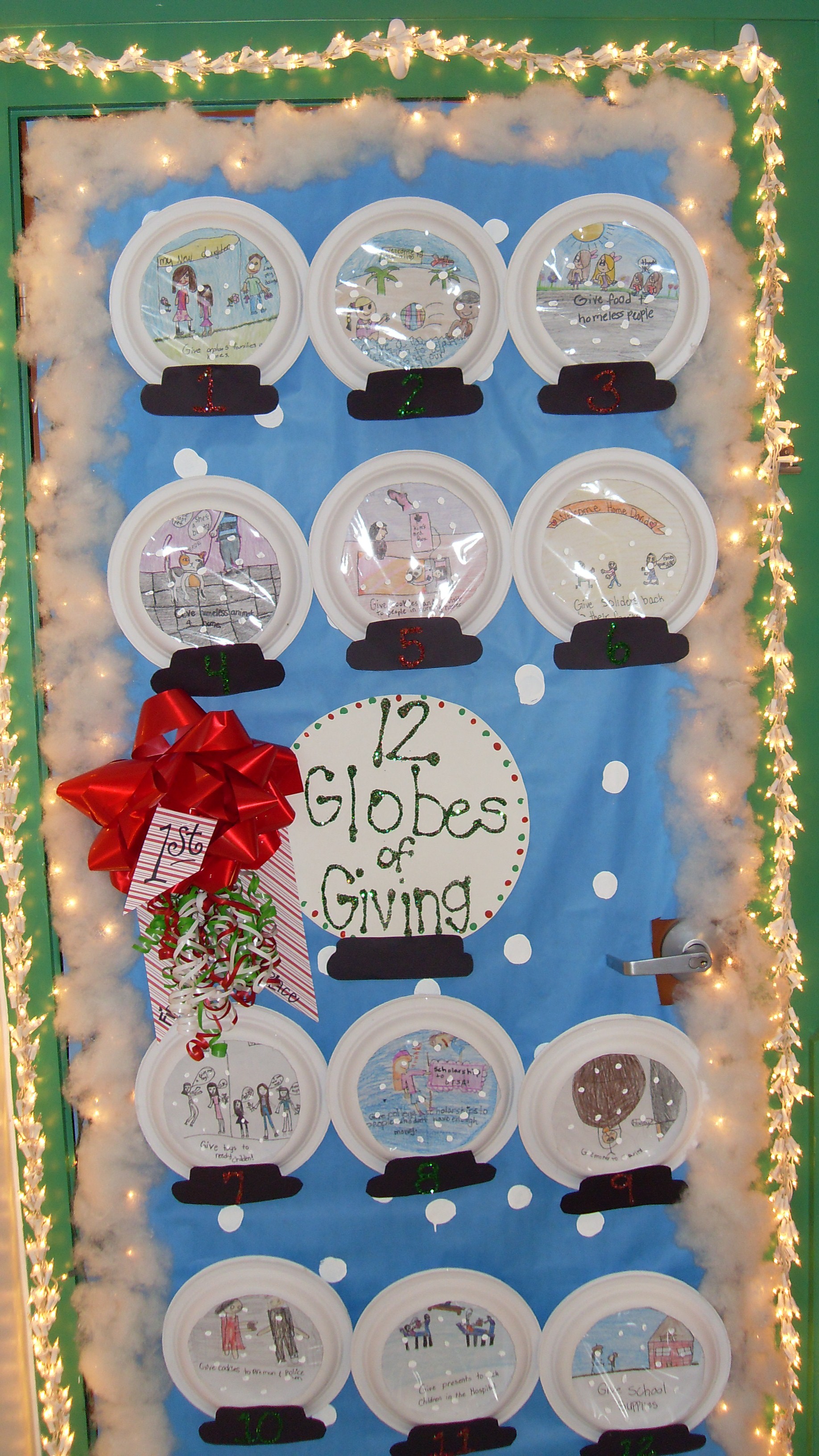
To celebrate within the classroom, we pay attention to Diwali music, make paper lamps, and decorate rangoli, that are works of people art or designs produced from colored sand or salt. My students colored rangoli designs, pasted them in writing plates, and poked holes around the lines to “let within the light.” We read books about Diwali, for example:
Santa Lucia (Festival of sunshine)
Based on Swedish folk tradition, December 13 follows a long night of the season in Norway. Throughout the Festival of sunshine, St. Lucia is honored together with her wreath of candle lights that they wears on her behalf mind to light her way. Typically, boys put on hats and bear wands with stars in it. There’s frequently a sluggish precession because the star boys follow St. Lucia as she offers a special bun (known as a lussekatter) and occasional to family and buddies early each morning.
To celebrate within the classroom, we make paper crowns, star boy hats, see a clip of the real procession, and discover traditional Swedish folk dances. We walk-in a sluggish procession towards the Santa Lucia Song, and browse books concerning the holiday for example Hanna’s Christmas by Melissa Peterson.
Hanukkah
The Jewish celebration of Hanukkah celebrates light with eight candle lights around the menorah, representing every day from the holiday. Each November or December, Jewish people light this special candleholder to keep in mind an old miracle by which one day’s price of oil burned for eight days within their temple. On Hanukkah, many Jews eat special potato pancakes known as latkes, sing songs, and spin a high known as a dreidel to win chocolate coins, nuts, or raisins.
Our classroom celebration includes playing dreidel, making paper menorahs, understanding the dreidel song, and dancing to Hanukkah, O Hanukkah. Studying the storyline Holidays All over the world: Celebrate Hanukkah: With Light, Latkes, and Dreidels by Deborah Heiligman also introduces students towards the holiday’s traditions.
Christmas
Various countries around the world celebrate Christmas on December 25 by decorating with glowing candle lights and strings of electrical lights. In The Usa, people celebrate this holiday by visiting church, gift ideas, decorating pine trees,and discussing your day using their families. People go caroling, singing special Christmas songs for their buddies and neighbors.
Within the classroom, we celebrate by singing songs, making crafts, and studying books about Christmas. Great titles include: Holidays All over the world: Celebrate Christmas: With Carols, Presents and Peace by Deborah Heiligman and lightweight the Lights! A Tale About Celebrating Hanukkah and xmas by Margaret Moorman.
Kwanzaa
Kwanzaa, meaning first fruits, is well known by lighting candle lights on the candleholder known as a kinara. The vacation is dependant on ancient African harvest festivals. Kwanzaa was produced in 1966 within the U . s . States, and it is celebrated beginning on December 26. Candle lights representing the seven concepts of Kwanzaa are lit every night for any week around the kinara. Family and buddies combined efforts to celebrate their cultural pride and customary heritage in this festive celebration.
Celebrate Kwanzaa within the classroom by hearing The Kwanzaa Song by William Scott, and studying books together with your students. Great titles include: Kwanzaa by Trudi Strain Truiet, Kwanzaa by Lisa M. Herrington, and also the Seem of Kwanzaa by Dimitrea Tokunbo.
Iemanja
Iemanja, the Brazilian New Year’s, is well known by lighting countless candle lights within the sand. On December 31, people visit the beach at night time and get Iemanja, the African goddess of waters, to provide them best of luck. To celebrate, people throw white-colored flowers in to the water, light countless candle lights within the sand, sing, and take part in the drums. The festivities can start night time and continue until beginning.
To celebrate within the classroom, we make tissue paper white-colored flowers and pay attention to Brazilian music. You might play a relevant video of the Iemanja celebration for the class.
Chinese Year
In Chinese culture, 2012 is well known with lanterns, firecrackers, and fireworks. Rather of The month of january 1, china Year is well known on the very first day from the first month from the Lunar Calendar. Therefore, the date of Chinese Year varies every year, and may fall in the finish of The month of january or perhaps in Feb.
 Resourse: https://teacher-blog.education.com/
Resourse: https://teacher-blog.education.com/


